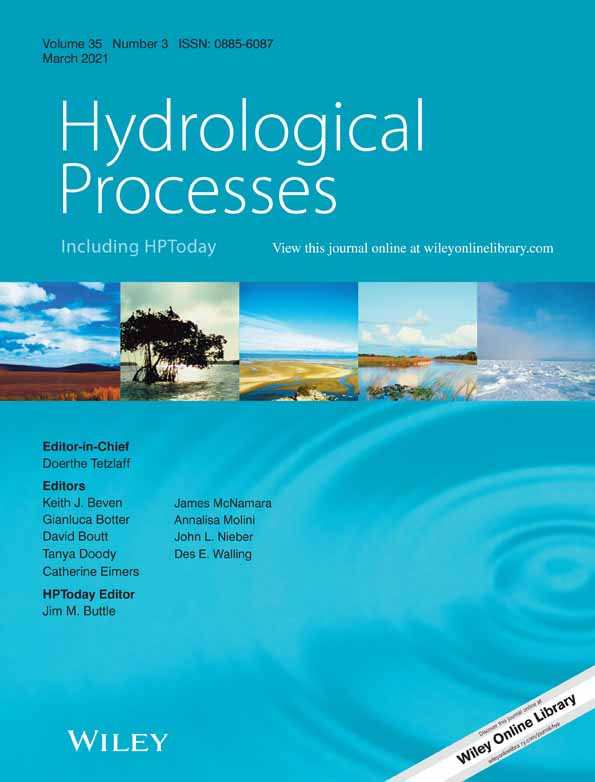Towards understanding organic matter fluxes and reactivity in surface waters: Filtering impact on DOC and POC degradation
Abstract
Peatlands cover a very small area of the Earth, but store globally significant quantities of carbon and export disproportionate quantities of fluvial organic carbon, especially when the peatlands are degraded or disturbed. Peatland headwater catchments with high concentrations of dissolved and particulate organic carbon (DOC and POC) provide an opportunity to investigate the possibility of competing effects that could lead to enhanced or diminished turnover of DOC in the presence of POC. Both POC and DOC can be degraded by light and microbes, producing smaller molecules and releasing CO2 and CH4 to the atmosphere, and POC can inhibit light penetration, stabilize DOC by providing adsorption sites and providing surfaces for microbes to interact with DOC. However, the majority of peatland fluvial carbon studies are conducted using filtered water samples, and measure only the DOC concentration, so the impact of the particulate organic matter (POM) on in-stream processing of organic carbon is relatively unknown. It is therefore possible that studies have underestimated carbon transformations in rivers as they have not considered the interaction of the particulate material on the dissolved concentrations; there could be higher losses than previously estimated, increasing the contribution of peatland headwaters to GHG emissions. In this study, we assessed if the current approach of DOC degradation studies accurately represent the impact of POM on DOC degradation, by quantifying DOC production from POM, and therefore POC, over time in water with manipulated POM concentrations. Both filtered and unfiltered water lost 60% of the DOC over 70 hours, whereas the treatment with additional POM lost only 35%. The results showed that filtering does not significantly impact the DOC degradation rates; however, when the POC concentration was doubled, there was a significant reduction in DOC degradation, suggesting that filtering would still be necessary to get accurate rates of DOC transformations in waters with high POC concentrations.
Open Research
DATA AVAILABILITY STATEMENT
The data that supports the findings of this study are available in the supplementary material of this article




